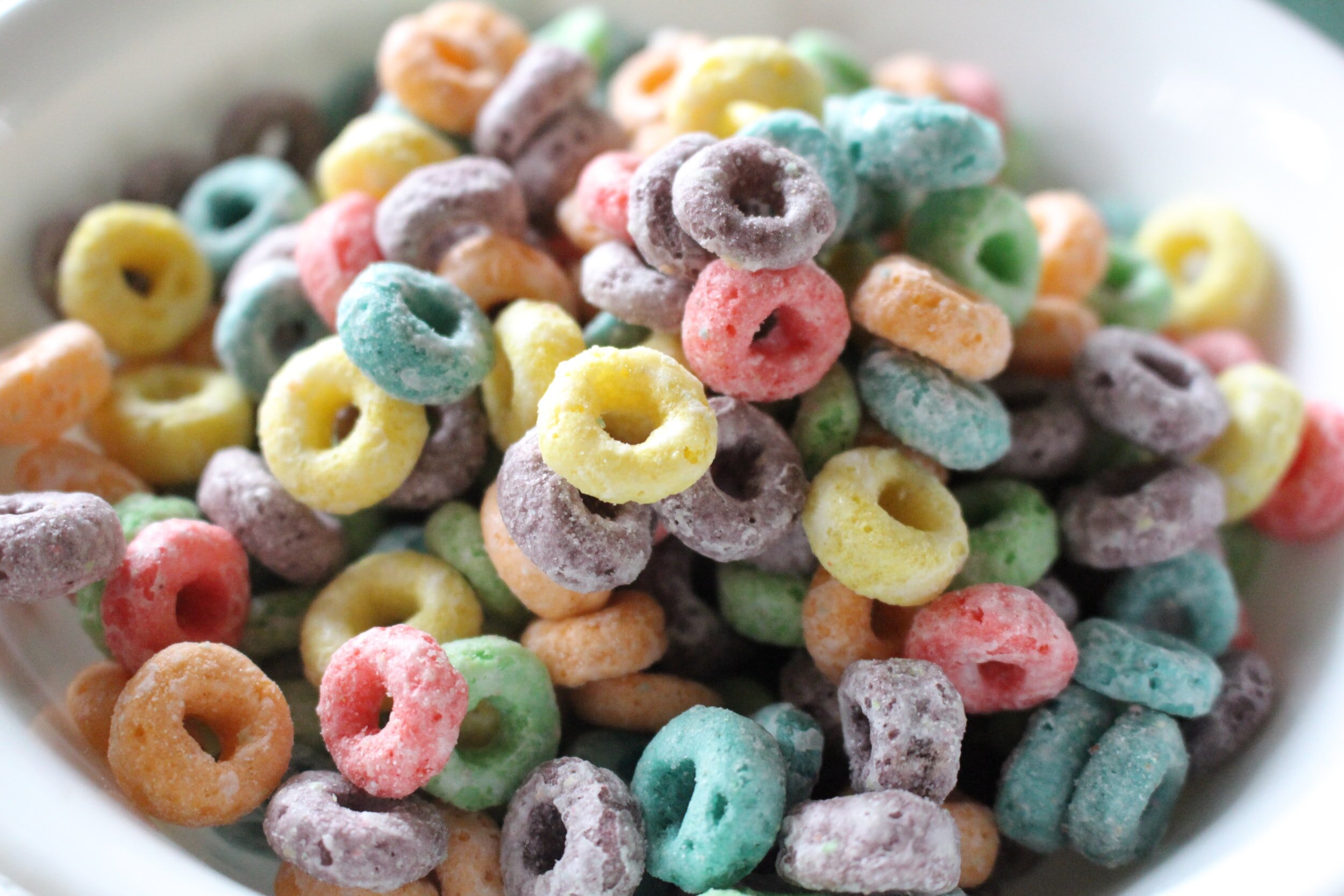Simple vs. Complex Carbs - What’s the Difference?
Welcome back for another post all about carbs! If you haven’t already read last week’s post, be sure to check it out to learn about what carbs are and why they are an important part of a healthy diet. Carbs are in so many different foods, so today I’ll differentiate between which ones are healthy and which ones are less healthy. I’ll also clarify what to look for on nutrition labels and clear up common misconceptions about gluten-free grains.
As I mentioned last week, carbs are found in many foods, including:
Grains - bread, rice, pasta, cereal, oatmeal, crackers, popcorn
Starchy vegetables - potatoes, corn, winter squash
Legumes - beans, peas, lentils
Fruit - apples, oranges. bananas, berries
Dairy - milk, yogurt, ice cream
Sweets - cookies, pastries, candy
Sugary drinks - sweetened coffee, soda, juice
From this list, you can probably see that some of these carbs are healthier than others.
What are simple carbs?
Simple carbs are sugar; examples include glucose, fructose, sucrose, lactose, corn syrup, and honey. They are broken down very quickly and contain few vitamins, minerals, or other nutrients. Some foods contain natural sugar, such as fruit, milk, and plain yogurt, but many foods in a typical American diet contain added sugars. Common foods that contain added sugars are:
Sweetened breakfast cereals
Crackers
Candy
Pastries and other baked goods
Bread
Flavored yogurt
Soda
Isn’t it strange that sugar is added to foods like bread and crackers? These foods aren’t even supposed to taste sweet! The best way to know if the foods you buy contain added sugars is to read the ingredient list. Sugar is often disguised by names that may make it sound healthier but is still sugar. Some examples are:
Brown rice syrup
Tapioca syrup
Evaporated cane juice
Sugar in the raw
Honey
Fruit juice concentrate
Just remember: sugar is sugar!
What are complex carbs?
Complex carbs contain a lot more nutrients, namely fiber, than simple carbs. The fiber and added nutrients make these carbs more filling because they are slowly digested, which can be helpful for those wanting to lose weight. Because complex carbs are more slowly digested they don’t cause the same blood sugar spikes as simple carbs, so they are often better for people with diabetes and prediabetes. Examples of complex carbs include:
Brown and wild rice
Whole grain rice and pasta
Beans and lentils
Potatoes (with skin)
Acorn, butternut, and spaghetti squash
Whole cornmeal
Rolled and steel-cut oats
Ancient grains such as millet, quinoa, and barley
Fiber-rich fruits such as apples, pears, and berries
Grains
Grains are considered carbs and can be divided into two categories:
Refined grains
Refined grains have been modified in some way and contain only one part of the grain, the endosperm, which is the starchy part of the grain. The resulting product is a fine texture and has a longer shelf life so it is often used in packaged foods like bread, chips, and crackers. Refined grains are considered simple carbs because they lack fiber and other nutrients, so they are digested quickly.
Whole grains
Whole grains contain all three parts of the grain, meaning they are more slowly digested and considered complex carbs:
Bran - where most of the fiber is
Germ - contains B vitamins and healthy fats
Endosperm - the starchy part of the grain
As you can see, whole grains contain more vitamins, minerals, fiber, and healthy fat than refined grains.
Checking labels
So, how do you know if you’re getting a whole grain product? Check the ingredient list! The first ingredient listed should contain the word “whole”, either whole grain, whole wheat, whole corn, whole oat, etc. If the first ingredient is “enriched” or just “wheat”, then you know your product does not contain mostly whole grains. The first ingredient listed on a nutrition label is the most prevalent in that product.
The first ingredient in Dave’s Killer Bread Powerseed is whole wheat. Because it is a whole grain, it contains 4 grams of fiber per slice of bread, making this a great source of fiber!
A note about gluten-free grains
For people with Celiac Disease or those that have trouble digesting gluten, gluten-free grains are the way to go, but it’s important to keep in mind that these grains are not necessarily healthier than grains containing gluten. Gluten is a protein found in wheat, rye, and barley; it acts as a binder and provides elasticity for bread and other grains.
When looking for gluten-free grains, it’s best to choose those that are naturally gluten-free, such as quinoa, brown rice, millet, and buckwheat. This is because many processed gluten-free grains, such as bread and crackers, contain extra salt, sugar, and fat to make the product taste better. When in doubt, choose naturally gluten-free products!
So, which carbs are best? Try to choose complex over simple and whole over refined whenever possible. As I said last week, low-carb diets really aren’t the way to go for most people; eating a diet containing mostly whole, unprocessed carbs will provide your body with the energy it needs to function at its best. Choosing processed carbs will likely make it harder to lose weight or maintain a healthy weight and put you at a higher risk for developing diabetes, fatty liver, heart disease, or other health problems.
Next week, we’ll talk all about diabetes and prediabetes and why carbs are still important despite the fact that they raise blood sugar.




